In the modern world, it’s hard to surprise anyone with anything. And art space is no exception. To attract the attention of a sophisticated viewer, you have to give it a try. Galleries, meanwhile, hold a lot of bright exhibitions. All that remains is to choose a place that you like.
Europe is rightly proud of the best art museums, but where a museum, there’s a crowd. Fortunately, there’s no shortage of passionate and generous art lovers in this part of the world who open beautiful private galleries.
Fondation Cartier
Paris
Built by Jean Nouvel and opened in 1994, the museum preserves works of art collected over 28 years by the famous watch and jewelry company. The brand is distinguished from other private collectors by its broad vision, so it hosted an exhibition of South African apartheid wrestler William Kentridge and started buying Chinese art long before it became fashionable. The company showed its earlier acquisitions in Paris’s Petit Palais and St. Petersburg’s Hermitage even before the museum opened on Boulevard Raspai. The building was overgrown with wild grapes on the outside, and cleanliness and light on the inside. It hosts performances, film screenings and exhibitions of ultra-modern artists, which you will surely see at the Venice Biennale in two years.
261 Boulevard Raspail, +33 1 4218 5650, entrance €10.5.


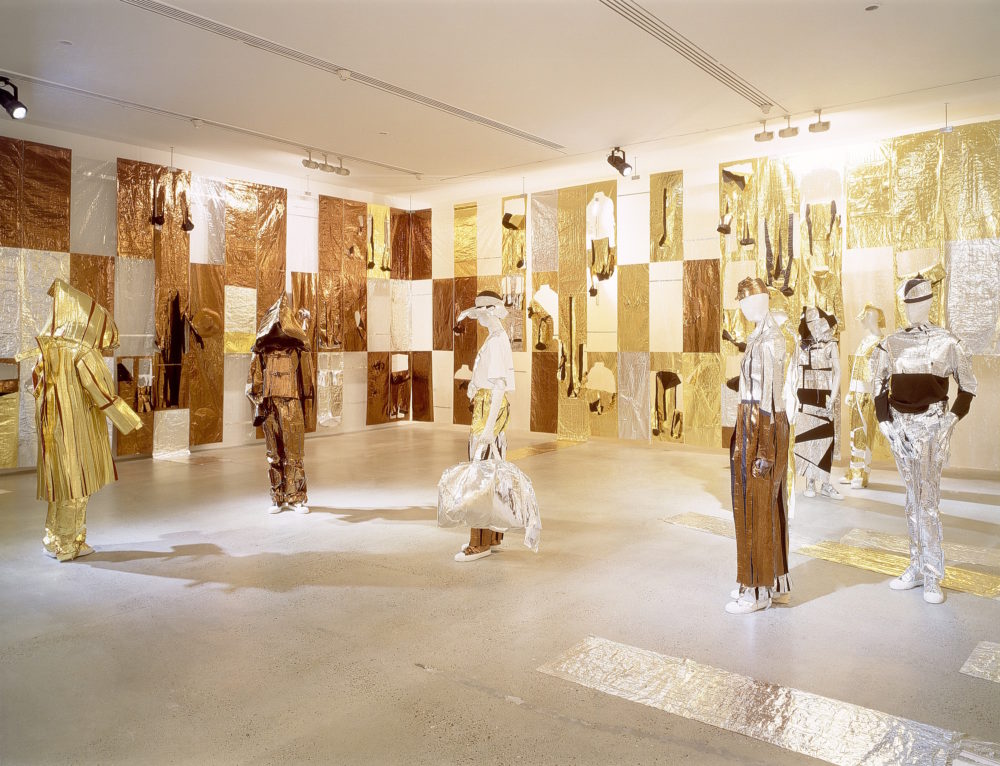


Punta della Dogana
Venice
The billionaire François Pinault, whose empire of exclusive fashion brands and auction houses, including Gucci and Christie’s, has the largest collection of scoops in France. However, she has now moved to Italy. When Pinault’s plans to open an art museum in Paris collapsed, he invested in the Venetian Palazzo Grassi, which Fiat Group put up for sale on the death of its head, Gianni Agnelli. After a fierce battle with the Guggenheim Foundation, Pino also acquired the rights to the Punta della Dogana, a former customs building on the Grand Canal. The beautifully restored space by the Japanese architect Tadao Ando is ideal for large installations by artists such as Rachel Whitehead, Maurizio Cattelan, Takashi Murakami, Carl Andre.
2 Dorsoduro, +39 041 271 9031, entrance €15.
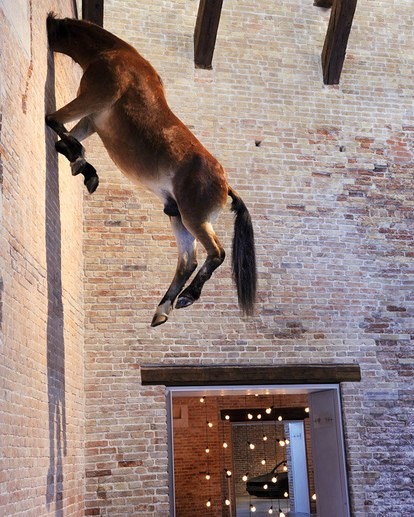

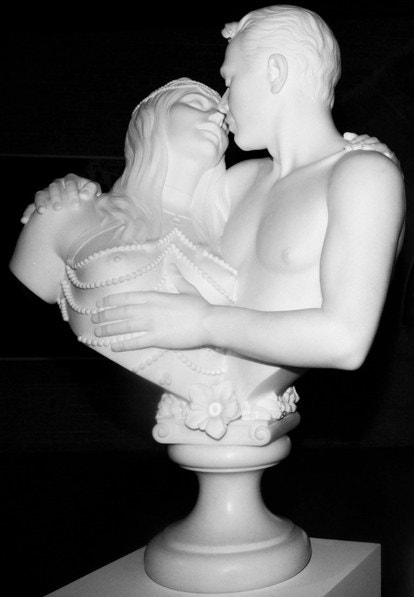
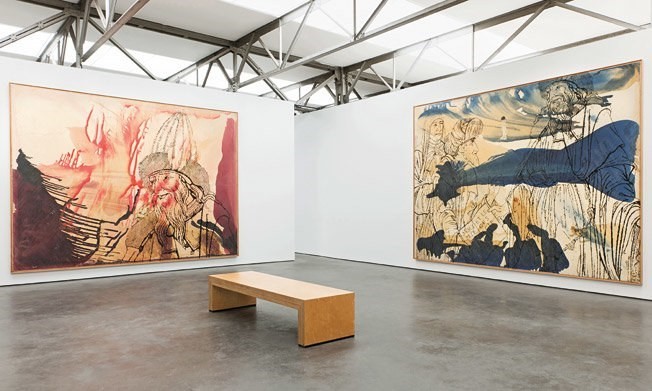
De Pont Museum of Contemporary Art
Tilburg
Based in a former wool spinning mill in Tilburg, southern Holland, this stunning museum is named after its founder, lawyer and businessman Jan de Pont. He practiced in Amsterdam, where he defended clients during the Nazi occupation, and was eventually arrested and imprisoned. After his release, he specialized in protecting war victims and rescuing textile mills in his hometown of Tilburg. As a collector, he founded a contemporary art foundation here, which began with works by Bill Viola and Gerhard Richter, and now includes works by many famous artists of our time: Sophie Cull, Richard Long, Luke Theymans. The museum has good lighting and a special atmosphere of calm and serenity.
1 Wilhelminapark, +31 13 543 8300, entrance €10.

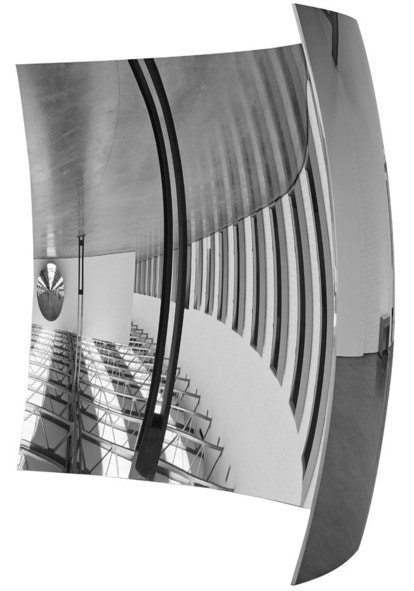
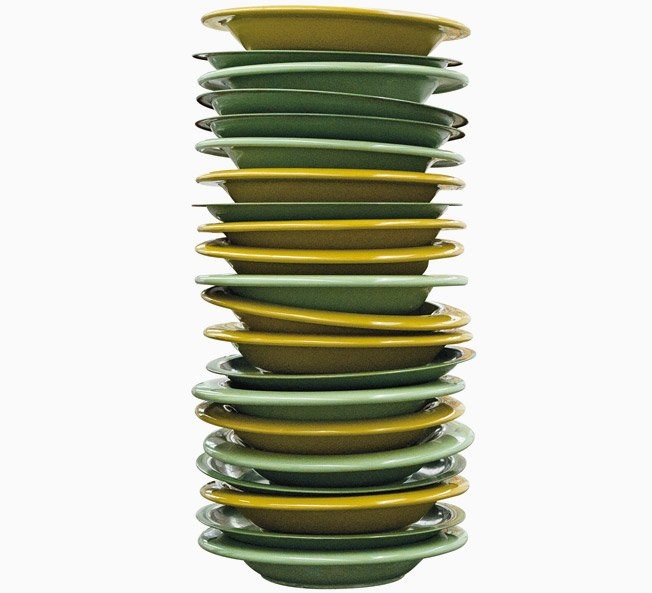
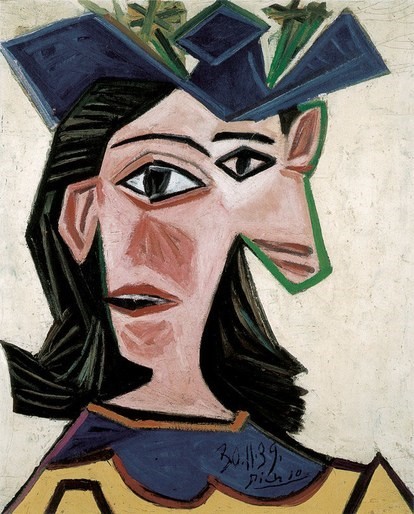
Fondation Beyeler
Basle
Ernst Beyeler was probably the biggest post-war art dealer – an unprecedented number of masterpieces have passed through his hands. A highly intelligent and charming man, Beyeler bought paintings by Picasso, Clay and Warhol (often directly from the artists), selling for record prices exhibits of his Swiss gallery. In 1970 he co-founded Art Basel, one of the most important events in the art world, and in 1997 he opened his own museum in the countryside. The glass walls of the beautiful and strict building, designed by Renzo Piano, look out into the garden, so Monet’s “Juggies” are as if reflected in the surrounding ponds. The works of Degas, Sera and Rothko are adjacent to the sculptures of Brancusi and Giacometti.
101 Baselstrasse, +41 61 645 9700, entrance CHF19.







Fundacinón Francisco Godia
Barcelona
Catalan entrepreneur Francisco Godía loved art, business and fast cars, and in 1956 even participated in a race of Formula 1 on the red “maserati”. As the head of one of the dominant clans of Barcelona, he had special access to collections and made an excellent selection of paintings, including painters of the 17th century (among others, Surbaran and Ribera) and the famous Spaniards of the 20th century (Picasso, Miro, Tapiesa). All these works, along with medieval statues and stunning 19th century portraits, are exhibited in the extraordinary beauty of a mansion in the Eixample district, one of the most prestigious in Barcelona. Climb the majestic white marble staircase to see Goya looking out over Picasso.
250 C/Diputació, +93 272 3180, entrance €6.
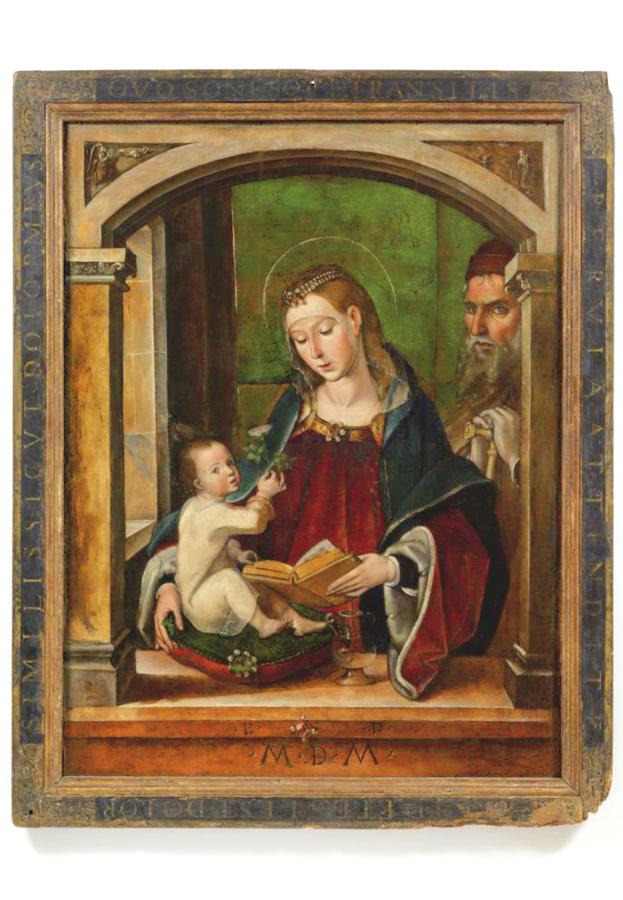

Hirschsprung
Copenhagen
One of the finest private collections is housed in a small white marble museum buried in the greenery of a park on the outskirts of Copenhagen. High windows and domed roofs let the rays of the Scandinavian sun into the high art samples purchased from tobacco sales. Manufacturer Heinrich Hirschsprung with a cigar in his hand on a portrait at the entrance as if he were inviting guests to one of his exhibitions. As for the collection, nowhere will you see the dancing light and sparkling waters of Denmark passed down with such skill as in the paintings that the patron of arts collected during the golden age of Danish art. Especially good are the mysterious landscapes of 19th century painter Kristen Köbke, whose paintings were a sensation when they were first shown in Europe not so long ago. Do not pass by the mesmerizing interiors painted by Danish recluse and master of mystery Wilhelm Hammershøj.
20 Stockholmsgade, +45 3542 0336, entrance €12.


























